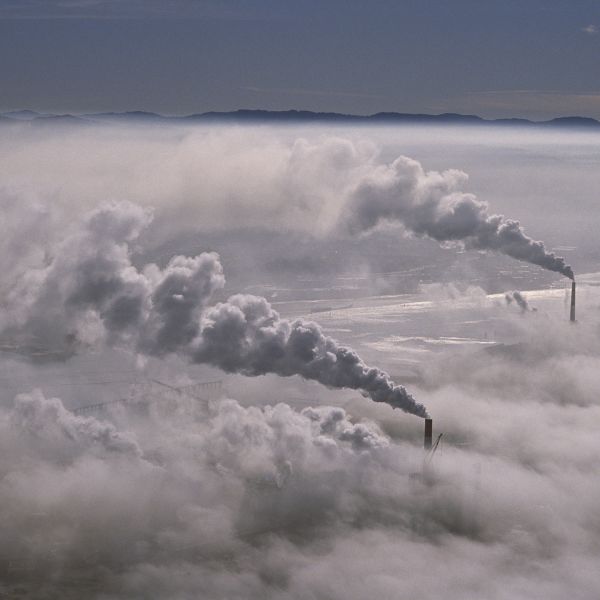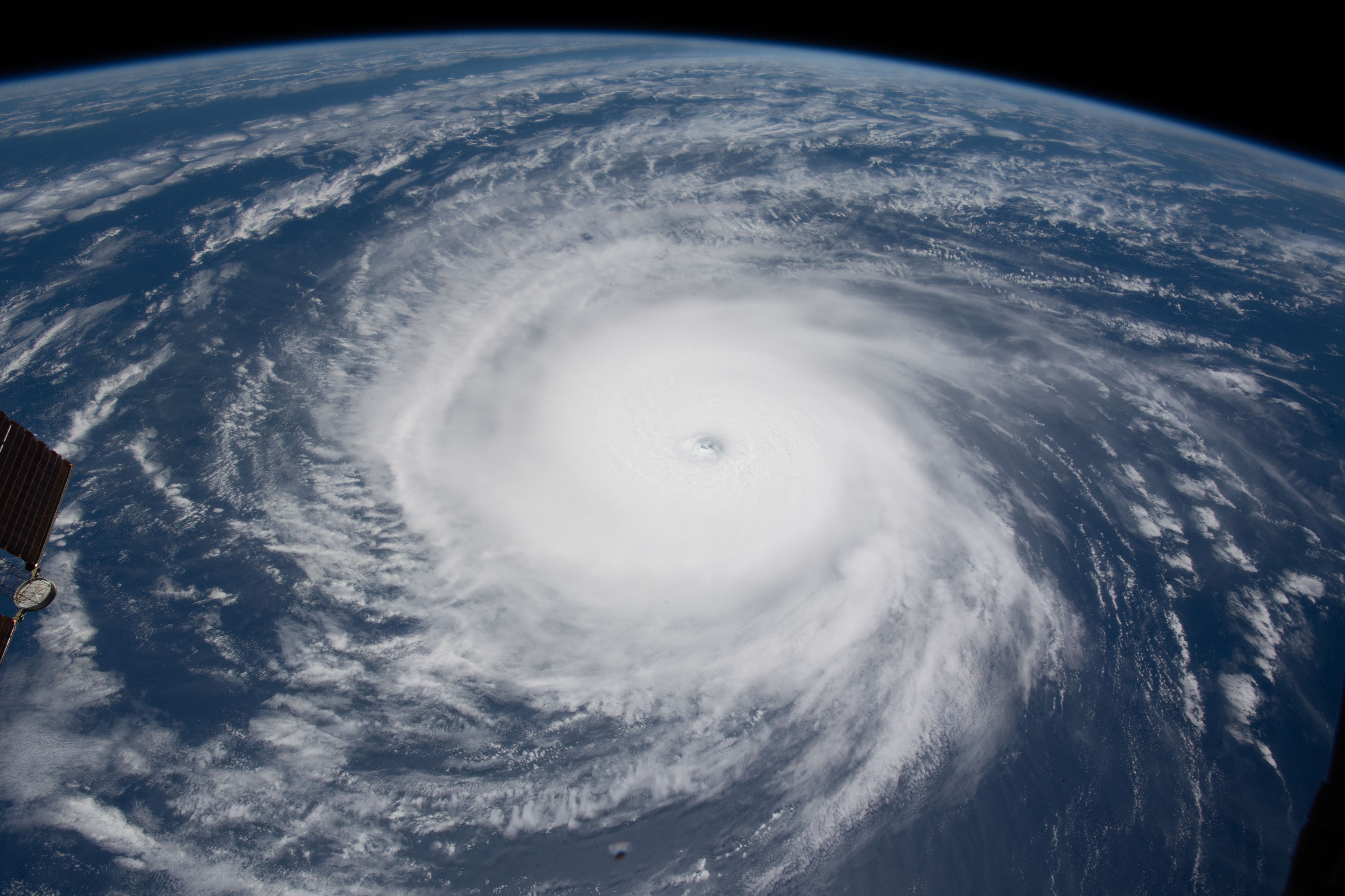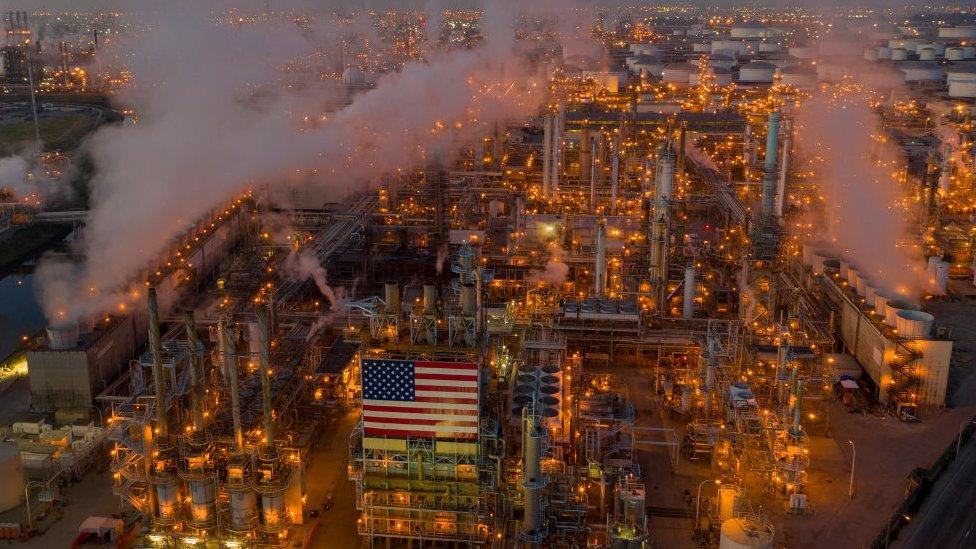
Understanding Greenhouse Gases
Human activity significantly contributes to global warming primarily through the emission of greenhouse gases (GHGs). The most prominent of these gases includes carbon dioxide (CO₂), methane (CH₄), nitrous oxide (N₂O), and fluorinated gases. These substances accumulate in Earth's atmosphere and trap heat, causing the greenhouse effect, which is crucial for maintaining the planet's temperature but has been exacerbated by human actions. Without the greenhouse effect, scientists estimate Earth’s average temperature would be around -18°C (0.4°F), rather than the current average of approximately 14°C (57°F)[1].
The release of CO₂ predominantly comes from burning fossil fuels—such as coal, oil, and natural gas—used for electricity, transportation, and industrial processes. Deforestation further exacerbates the situation, as trees—which naturally absorb CO₂—are cut down, leading to increased concentrations of this greenhouse gas in the atmosphere[1][8]. Methane emissions arise notably from agricultural activities, specifically livestock farming, landfills, and rice cultivation, making agriculture a significant contributor to global warming as well[6]. Nitrous oxide is largely released through agricultural practices, specifically the use of nitrogen-based fertilizers[6][10].
Recent Trends in Warming
According to a recent analysis, human-induced warming has now reached approximately 1.19°C over the last decade, with 2023 itself observing a temperature rise of 1.43°C above pre-industrial levels[2][9]. This increase is forcing the planet closer to critical thresholds established by the Paris Agreement, which aims to limit global warming to well below 2°C, preferably to 1.5°C. The remaining carbon budget—defined as the amount of CO₂ that can be emitted before exceeding 1.5°C—has dwindled to about 200 gigatonnes, which equates to only five years of current emissions[2][9].
The 2023 global temperature record broke previous highs, driven not only by the ongoing increase in greenhouse gases but also by natural variations like El Niño and reductions in cooling aerosol emissions. The combination of human-induced and natural factors signifies a concerning trend that highlights the urgency of addressing these emissions[11][9].
Evidence of Human Responsibility
Multiple studies support the conclusion that the rise in global temperatures correlates heavily with human activities. For example, analyses using satellite data reveal that less heat escapes into space at specific wavelengths absorbed by CO₂, confirming that human-generated CO₂ is trapping more heat in the atmosphere[3][10]. Moreover, the unprecedented rate of warming—approximately 0.26°C per decade since 2014—can be attributed largely to persistent greenhouse gas emissions[2][9].
The Intergovernmental Panel on Climate Change (IPCC) has established that human emissions of heat-trapping gases have caused significant climate changes observed globally, impacting the atmosphere, oceans, and biosphere[10][11]. For instance, burning fossil fuels alone accounts for about 70% of greenhouse gas emissions. Other sources, such as cement production and deforestation, also play critical roles in enhancing global warming[9].
Impacts of Global Warming

The consequences of rising temperatures are increasingly visible. Climate change has led to the acceleration of severe weather events, such as heatwaves, droughts, and hurricanes. These changes have profound effects on ecosystems, agriculture, and human health[4][11]. For example, the 2023 summer was reported as the hottest on record, exacerbating extreme weather conditions like destructive wildfires and flooding[7][11].
Sea levels have also risen due to melting ice caps and glaciers, threatening low-lying areas worldwide. The amount of freshwater stored in glaciers is crucial, as many regions depend on glacial meltwater for drinking, irrigation, and hydroelectric power[1]. As glaciers retreat, substantial risks arise for millions of people residing in vulnerable parts of the globe.
The Path Forward

In light of these escalating threats, effective strategies to mitigate human-induced global warming are urgently needed. Recommendations include transitioning to renewable energy sources, enhancing carbon capture technologies, and reforestation efforts to restore natural carbon sinks[8][9]. Public sentiment increasingly supports these actions, with a majority of people worldwide advocating for stronger climate policies from their governments[5].
To address these challenges, the global community must work collectively to reduce greenhouse gas emissions, aiming for a sustainable future where human activities no longer pose significant threats to our planet’s climate[5][8].
In conclusion, human activities drive the increase in greenhouse gases, resulting in global warming with widespread and detrimental effects. The path to mitigation requires immediate and robust action to limit future climate impacts.
Get more accurate answers with Super Pandi, upload files, personalized discovery feed, save searches and contribute to the PandiPedia.
Let's look at alternatives:
- Modify the query.
- Start a new thread.
- Remove sources (if manually added).